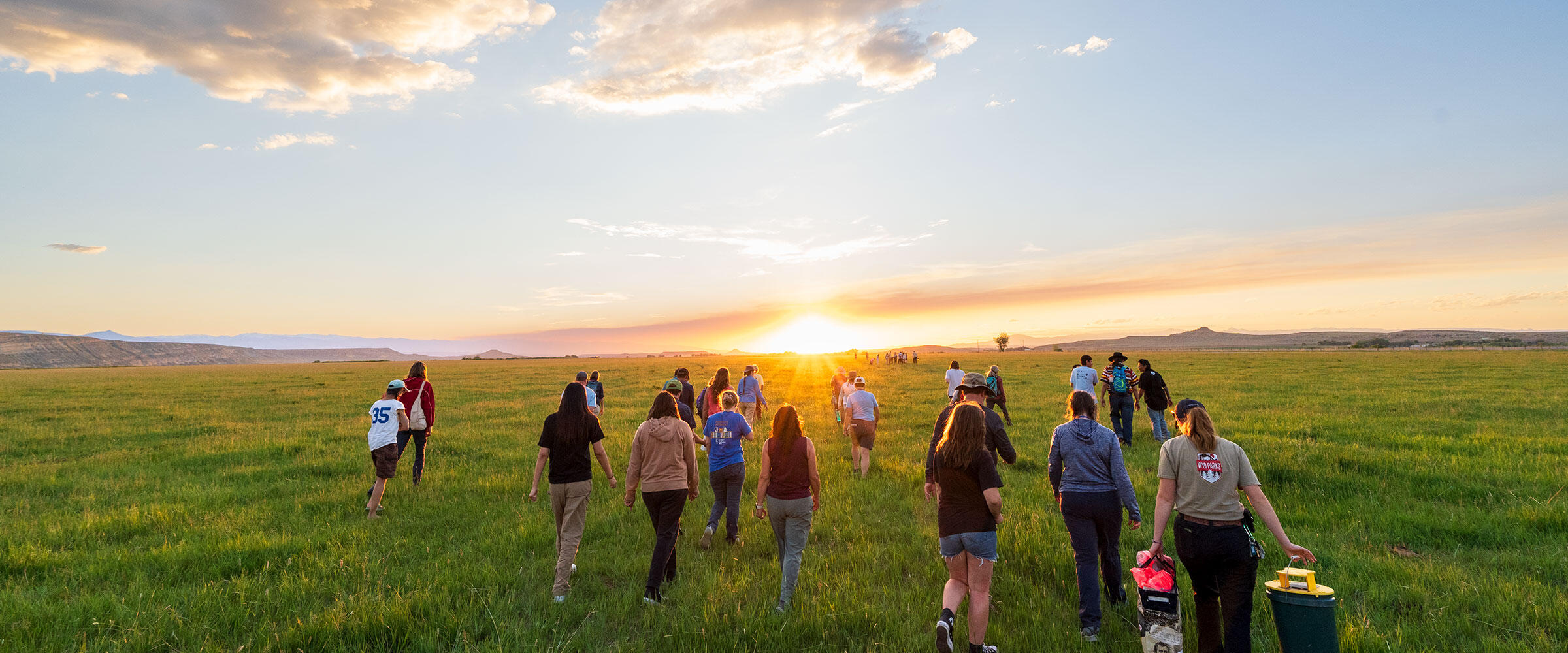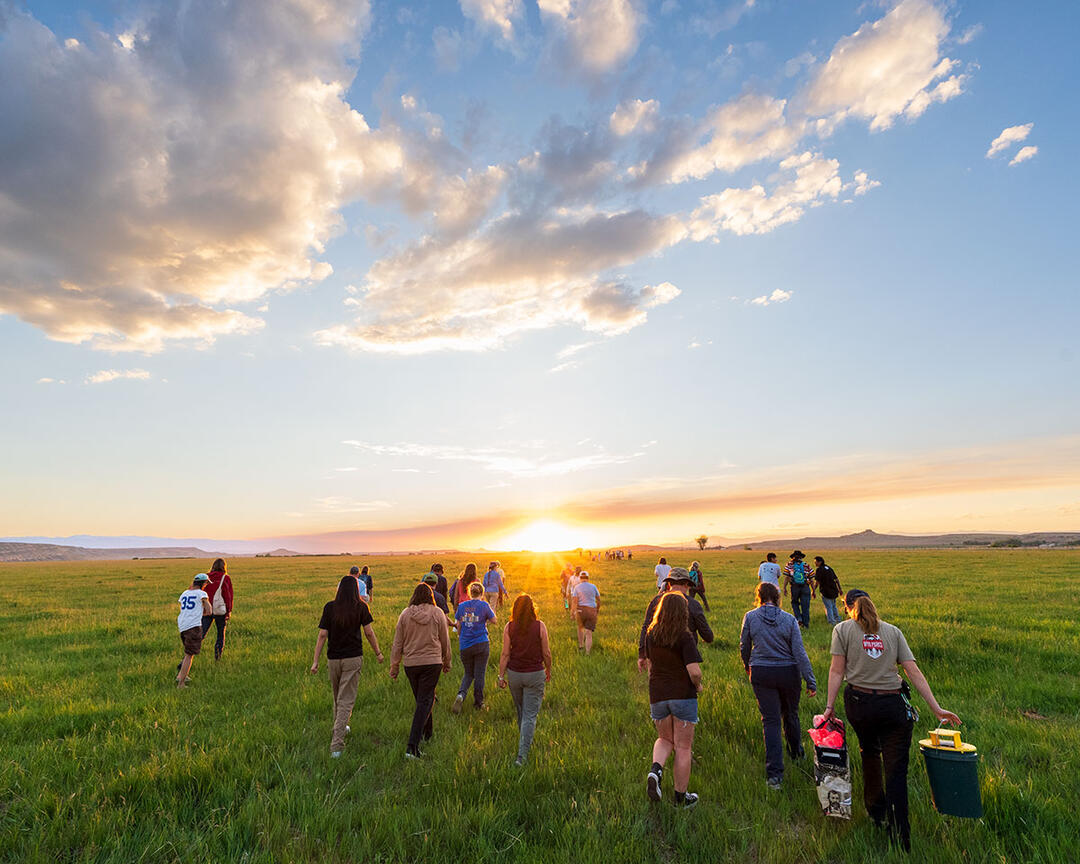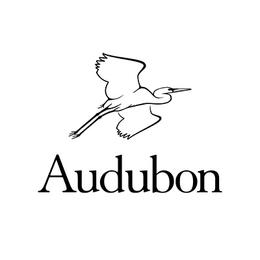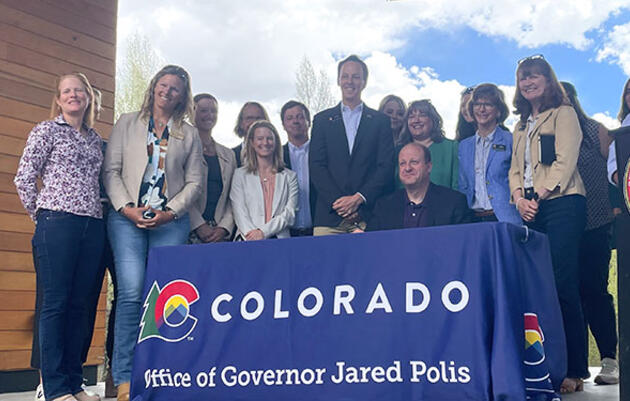From the Director
As I reviewed our accomplishments from the past six months and my many years with Audubon, it struck me that we are not only engaging communities, restoring habitat, and shaping policy for the protection of birds; we are also changing the culture of conservation.
With many pressures on our natural world, it is obvious that these issues not only affect birds, but people too. We are all part of the natural world. We not only have the responsibility to reduce, mitigate, and/or eliminate those harms for birds, but we need to recognize that we are also protecting our own well-being.
As we move forward, Audubon Rockies will ensure that our work continues to build a culture of conservation in which we all see ourselves as part of the natural world.
Alison Holloran
Executive Director, Audubon Rockies
Community Naturalist
- We co-organized the first bioblitz on the Wind River Reservation. More than 100 participants documented 211 species to help the Wind River Tribal Buffalo Initiative document the impacts of restoring Buffalo.
- Nearly 40 people joined us and Latino Outdoors for a weekend of activities at Hot Springs State Park.
- Audubon After Dark continued with four events and 250 participants.
- The Wyoming Naturalist Program graduated 27 new naturalists who contributed 317 volunteer hours last winter and spring.
- We trained 11 educators in environmental curricula at Sinks Canyon State Park in Wyoming.
- Community scientists completed their sixth year of forest bird monitoring in Pagosa Springs, CO. Volunteers have logged 3,000 hours.
Conservation Ranching
- We certified 43,000 new acres, bringing the total overseen by Rockies staff to 2.9 million.
- Four new habitat projects began on certified ranches. Our projects—including beaver dam analogues, wildlife-friendly fencing, water capacity enhancement, and wetland protection—have now directly impacted 30,000 acres.
- We completed bird, vegetation, and soil health monitoring on 16 ranches.
- We presented for Wyoming Stock Growers Land Trust, National Association of Counties’ Western Interstate Region board, Wyoming Environmental Stewardship Day, and Audubon chapters; co-hosted three ranch tours; and sponsored three landowner workshops.
- We helped raise $545,000 in grants for Audubon Conservation Ranching.
Sagebrush Ecosystem Initiative
- We developed robust comments on the Bureau of Land Management’s management of 67 million acres of Greater Sage-Grouse habitat that 19 conservation and sporting organizations submitted. We also recruited 47,000 Audubon supporters to submit comments.
- We partnered with Wyoming Wildlife Federation and National Wildlife Federation to convene community and state leaders at Miller Land & Livestock, an Audubon-certified ranch. The speakers, including Governor Gordon, recognized the broad benefits of collaborative conservation in sagebrush country.
- We supported the passage of SB24-212 from the Colorado legislature. This bill is an important step toward renewable energy siting that considers climate, communities, and conservation.
Western Rivers Initiative
- We provided extensive guidance and support for a Colorado law that addressed the gap in wetland and stream protection created by Sackett vs EPA, making Colorado the first state in the nation to do so. Audubon supporters submitted 2,532 comments to their lawmakers in support of the bill.
- Our stream restoration trainings reached 800 water partners across Colorado. We helped them navigate a Colorado law passed in 2023 that set a way forward for stream restoration without water rights administration. We compiled this information in a training manual.
- In June, we led an in-person workshop through the Colorado Healthy Headwaters Working Group to help 140+ water practitioners apply restoration under Colorado law while minimizing water rights conflict.
Gillmor Sanctuary
- We raised $779,000 for watershed restoration and invasive vegetation control on Gillmor Sanctuary and the Jordan River Delta.
- The Shoreline Heritage Area working group that we convene helped raise $4.7 million for Salt Lake City to acquire 260 acres to protect the Great Salt Lake shoreline from development.
- We expanded the Snowy Plover Monitoring Project to include a team of volunteer surveyors, two interns, and 16 nest cameras.
- We led the creation of the Salt Lake Valley Artificial Light at Night Monitoring Project. We recruited and trained volunteers to monitor light pollution in the Salt Lake Valley.
- Our public events brought 35 people to the sanctuary to learn about its shorebirds and insects. Volunteers contributed 140 hours of help removing barbed wire fencing from the sanctuary.









